
Fruit trees are one of the easiest and most reliable ways to enjoy home-grown produce. Even the smallest balcony can be home to a small apple tree in a large pot, and larger gardens can have their very own orchard. Taking care to choose the correct rootstock of fruit trees makes a big difference to how many trees you can accommodate and also the vigour and overall size of those trees, and the correct choice of rootstocks and varieties means you could be harvesting fruit from May (for cherries) though till December for the last late apples.
If you only have space for one tree, whether it's in the ground or in a large container, you can even have a family tree with two or even three varieties grafted onto it. You'll pay more (unless you graft this yourself), but it will pollinate better and give you a variety of fruits.
WHAT IS A ROOT STOCK?
Most tree fruits are grafted onto particular rootstocks, which control the vigour of the tree. In apples, for instance, M25 rootstocks produce large trees suitable for agriculture and parks; whilst MM106 is a good choice for gardens. Finally, if space really is at a premium, an M9 rootstock will allow you to grow an apple tree in a largish container or in a very small garden. The rootstock is the root-mass and the stem above for around 10 15cm; then the main part of the stem and the crown, flowers and fruit make up the grafted variety. The 'form' of the tree can be a cordon, espalier, half standard and standard.
With very little maintenance and care your investment can repay you year after year, so putting in a little time to take care of any winter pruning is like putting money in the bank.
This story is from the {{IssueName}} edition of {{MagazineName}}.
Start your 7-day Magzter GOLD free trial to access thousands of curated premium stories, and 9,000+ magazines and newspapers.
Already a subscriber ? Sign In
This story is from the {{IssueName}} edition of {{MagazineName}}.
Start your 7-day Magzter GOLD free trial to access thousands of curated premium stories, and 9,000+ magazines and newspapers.
Already a subscriber? Sign In
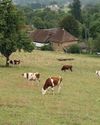
How to Buy a Smallholding in France- Long-time smallholder Lorraine Turnbull looks at the practicalities of moving to rural France
Aspiring smallholders are continually thwarted by the prices of smallholdings and property with land located within the UK. Even the humblest croft in Scotland comes with a substantial price tag and conditions which would make even an adventurous wannabee consider carefully. But all is not lost. For those willing to take the adventure of a lifetime, there is always Europe, and one of the most popular places is France.

Meet the Bournemouth goats and their supporters
These capricious animals are hard workers preserving the natural habitat
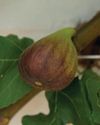
Still warm enough to sit outside with a Pizza
Henrietta Balcon uses fresh figs to create an unusual dish at Harvest time

Goodbye to the birds of spring and summer
If you look and listen you might be able to see them preparing to leave says The RSPB

Get ready for the colder weather in the warmth of late summer
Claire Waring advises on doing the best to make sure your colonies survive until next spring
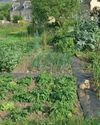
Preparing the Veg Patch for Winter
Lee Senior says, a well-run plot can excitingly continue to produce good quality, tasty, fresh food for much of winter
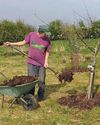
Time to prepare to plant your orchard
Wade Muggleton, smallholder and author of The Orchard Book, shares his practical experience so you can create your own fruit collection
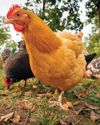
Choosing feed for the autumn
As autumn approaches, Joanna Palmer, nutritionist at the Smallholder Range, offers advice on choosing the right feed to support your adult birds through their annual moult and ensure your young birds grow and finish well at this time of the year.
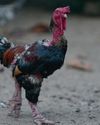
Vet advice from an experienced poultry vet
Reflecting on how much the humble hen has helped people world wide plus advice on stopping the scourge of red mite

Give your hens some support
Paul Donovan looks at the right and wrong ways of handling birds